Douglas Fir Cant Lumber
- September 20, 2023
- 0 comment
Douglas Fir Cant Lumber, sourced from the stately Douglas Fir tree (Pseudotsuga menziesii), has a well-deserved reputation for its durability and aesthetic appeal. This lumber’s robustness makes it an excellent choice for heavy-duty construction tasks, where its ability to withstand substantial loads and resist both rot and decay is crucial. Its straight, uniform grain and consistent reddish-brown coloration lend an appealing visual aspect to projects, whether used for exposed beams, rafters, or exterior cladding. Beyond its structural merits, Douglas Fir Cant Lumber is an eco-conscious choice, as it is typically sustainably harvested. This combination of strength, beauty, and sustainability positions it as a top pick for architects, builders, and homeowners alike.
One of the most significant advantages of Douglas Fir Cant Lumber is its inherent resistance to decay and rot. This natural durability ensures that structures constructed with this lumber maintain their strength and stability over time, reducing the need for frequent maintenance and replacement. Moreover, its versatility extends to its ability to accept stains and finishes gracefully, allowing it to seamlessly integrate into various architectural styles, from rustic to contemporary. Whether used in residential or commercial projects, Douglas Fir Cant Lumber consistently proves its worth as a reliable and aesthetically pleasing construction material.

Douglas fir cant lumber is also a relatively affordable type of lumber, making it a good choice for budget-minded consumers. Douglas fir trees are a renewable resource, and Douglas fir cant lumber is produced in large quantities, which helps to keep the price down.

| Specifications | Description |
| Dimensions | Thickness: 4×4, 6×6, 8×8 inches / Length: 8-20 feet or longer |
| Species | Douglas fir cant lumber is typically made from the Douglas fir tree (Pseudotsuga menziesii) |
| Moisture content | 19% or less |
| Density | around 35 pounds per cubic foot |
| Grain pattern | The grain pattern is typically more pronounced in lower grades of Douglas fir cant lumber. Douglas fir cant lumber with a straight grain pattern is typically preferred for structural applications, as it is stronger and less likely to split. |
| Fire Resistance | Douglas fir has moderate fire resistance properties. |
| Surface Finish | Rough-sawn on non-squared sides. Squared sides smoother but not appearance-grade. |
| Tensile Strength (Parallel to Grain) | The tensile strength parallel to the grain ranges from 800 to 1,200 psi. |
| Impact Resistance | Impact resistance can vary, but Douglas fir is known for its toughness and durability. |
| Availability | Douglas fir is readily available in many regions of North America, particularly in the Pacific Northwest of the United States and Canada, where it is abundant. |
Origins and Characteristics
Douglas fir (Pseudotsuga menziesii) is a coniferous tree species native to western North America. Named after Scottish botanist David Douglas, it is known for its impressive size, straight grain, and reddish-brown heartwood. Douglas fir has been a staple in the construction industry for generations due to its exceptional strength and durability.
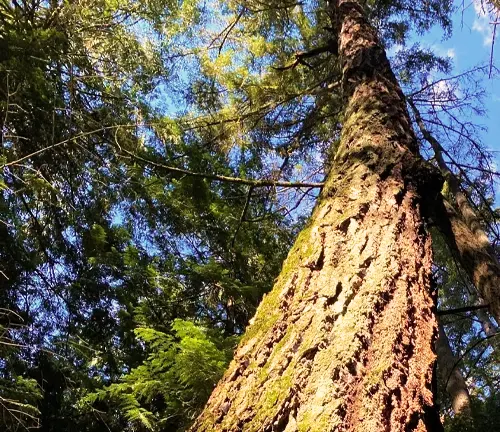
Strength and Durability
One of the standout features of Douglas fir cant lumber is its remarkable strength and durability. With impressive modulus of rupture (MOR), compression strength, and tensile strength values, it can withstand heavy loads and harsh environmental conditions. Builders trust Douglas fir to provide long-lasting structural integrity, making it an ideal choice for load-bearing applications.
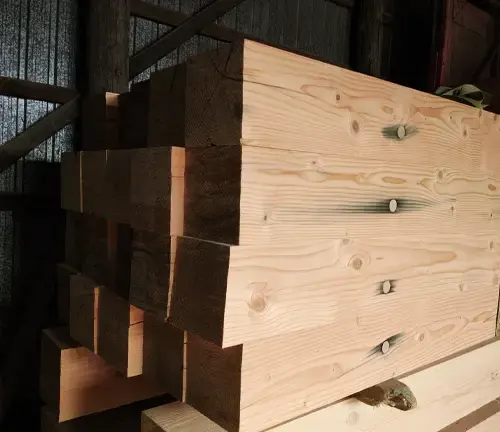
Versatility in Applications
From framing to support beams, Douglas fir cant lumber can be utilized in a wide range of construction applications. Its adaptability and dimensional options, including various thicknesses and lengths, make it suitable for projects of all sizes. Whether you’re constructing a residential home, a commercial building, or even a custom piece of furniture, Douglas fir cant lumber offers the flexibility needed to meet your unique requirements.
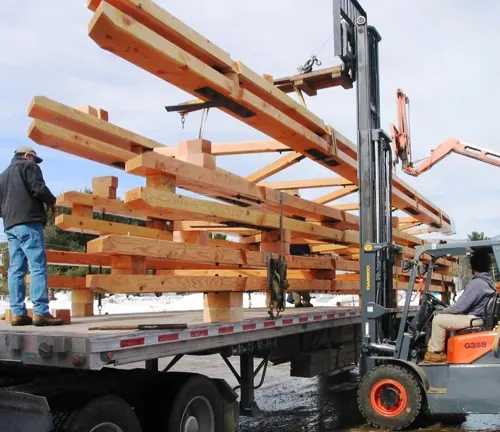
Workability and Ease of Use
Beyond its strength, Douglas fir is known for its workability. It can be cut, shaped, and joined with relative ease, reducing labor time and effort. Its stability during drying and seasoning also minimizes the risk of warping or twisting, ensuring that your project stays on track and within budget.
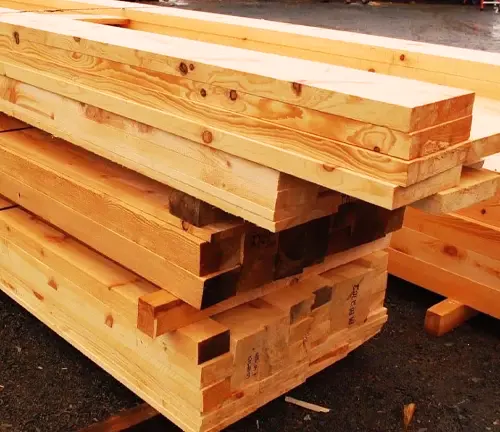
Aesthetic Appeal
In addition to its structural benefits, Douglas fir cant lumber possesses natural beauty. Its warm reddish-brown color and distinctive grain patterns add aesthetic appeal to any project. This makes it an excellent choice for both structural and decorative elements, providing a touch of elegance to homes, cabins, and other structures.
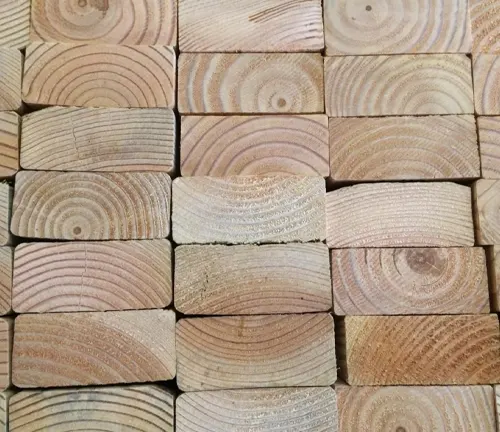
Availability and Sourcing
The availability of Douglas fir cant lumber varies by region. It is most abundant in the Pacific Northwest of the United States and Canada, where it is native. Coastal areas are primary sources of Douglas fir lumber. Availability may also fluctuate seasonally due to factors such as weather conditions and production schedules. Sourcing from local suppliers is often the most practical approach to ensure a steady supply of Douglas fir lumber.
Common Uses
Douglas fir cant lumber is prized for its strength and versatility in construction and woodworking. It’s commonly used for framing buildings, crafting support beams and posts, and creating outdoor structures like pergolas and decks. Timber framers rely on it for structural components, while utility poles benefit from its resistance to decay. Woodworkers appreciate its workability for furniture, cabinetry, and architectural details.

This wood’s durability and aesthetic appeal extend to boat building and DIY projects, making it a cherished resource across various applications in the construction and woodworking industries.
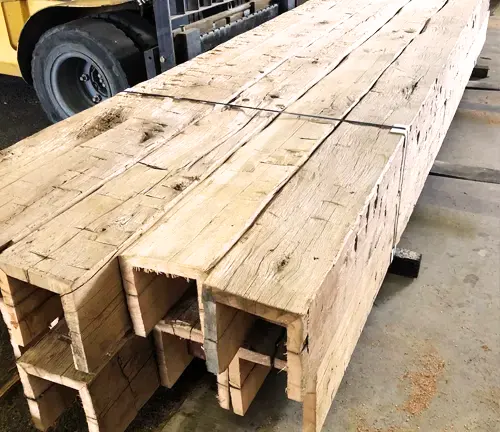
Frequently Asked Questions (FAQs)
- Is Douglas Fir Cant Lumber Suitable for Sustainable Building Practices?
Douglas fir is often sourced from responsibly managed forests and can be available with certifications like FSC (Forest Stewardship Council). This makes it a sustainable choice for environmentally conscious builders. However, it’s essential to verify the specific sourcing practices and certifications of the lumber you’re using to ensure it aligns with sustainable building goals. - Can Douglas Fir Cant Lumber Be Used for Decorative Ceiling Beams?
Yes, Douglas fir cant lumber’s attractive grain patterns and warm color make it an excellent choice for decorative ceiling beams. It adds a touch of rustic elegance to interior spaces, providing both structural support and visual appeal. - How Does Douglas Fir Cant Lumber Compare to Other Wood Species for Boat Building?
Douglas fir is a popular choice for boat building due to its resistance to moisture and decay. However, its performance in marine applications can vary compared to other woods like teak or mahogany. Understanding the specific requirements of your boat project and consulting with experts in boat building is crucial when selecting the right wood. - Are There Any Special Maintenance Requirements for Exterior Siding Made of Douglas Fir Cant Lumber?
While Douglas fir can be used for exterior siding, it requires proper finishing and maintenance to withstand outdoor exposure. Regular sealing or staining is recommended to protect the wood from moisture and UV damage. Maintenance schedules may vary based on climate and exposure levels. - What Are the Design Considerations for Using Douglas Fir Cant Lumber in Timber Frame Construction?
When using Douglas fir in timber frame construction, design considerations include the sizing and spacing of posts, beams, and braces to ensure structural stability. Engineers and timber frame specialists can provide valuable insights to optimize the use of Douglas fir in such projects, accounting for load-bearing requirements and aesthetics.



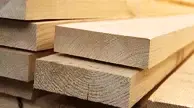


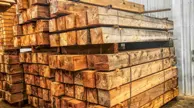

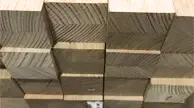

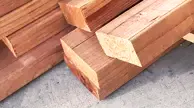
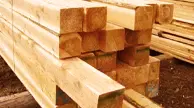
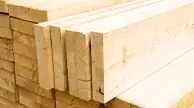
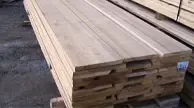
Leave your comment